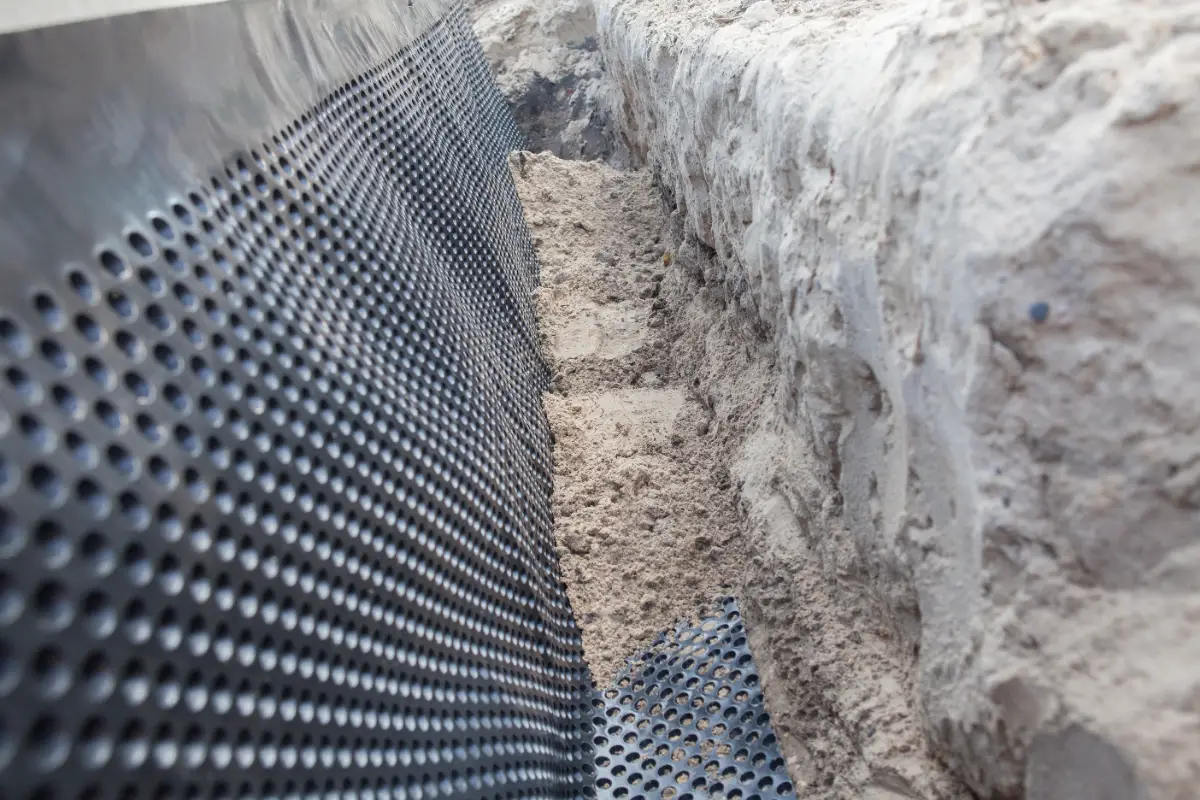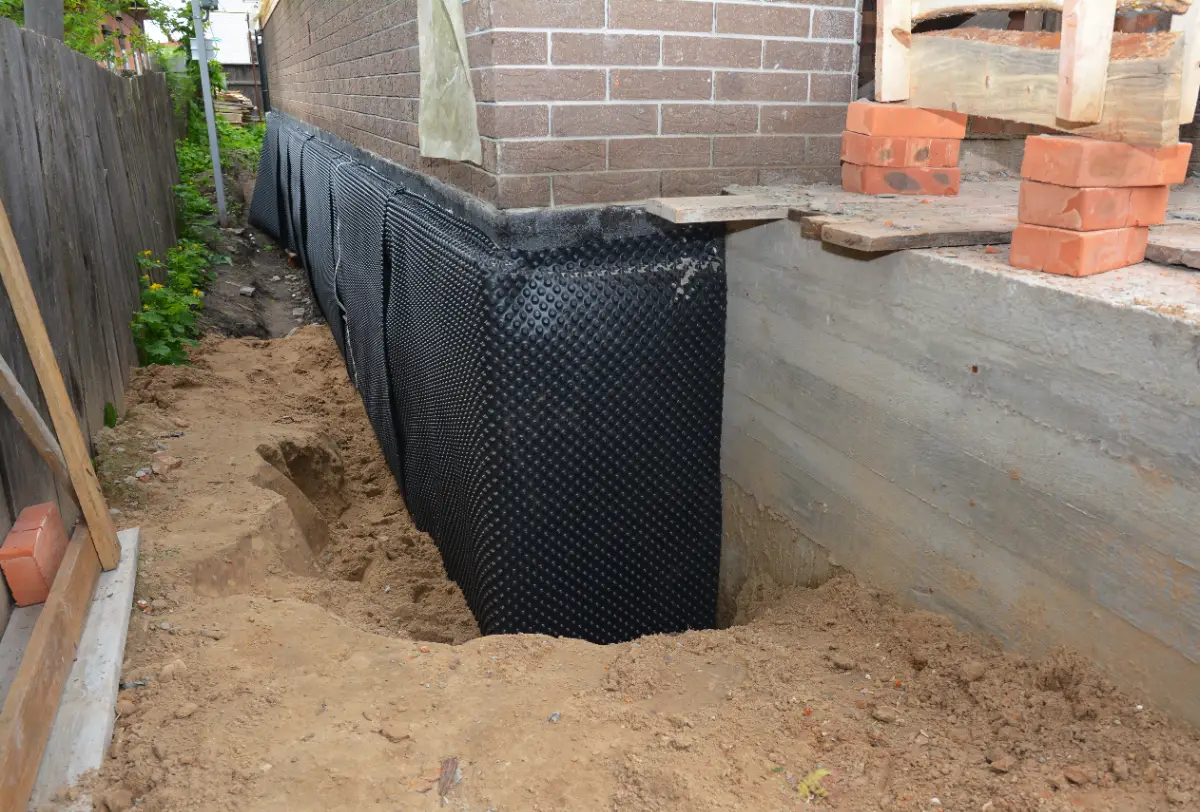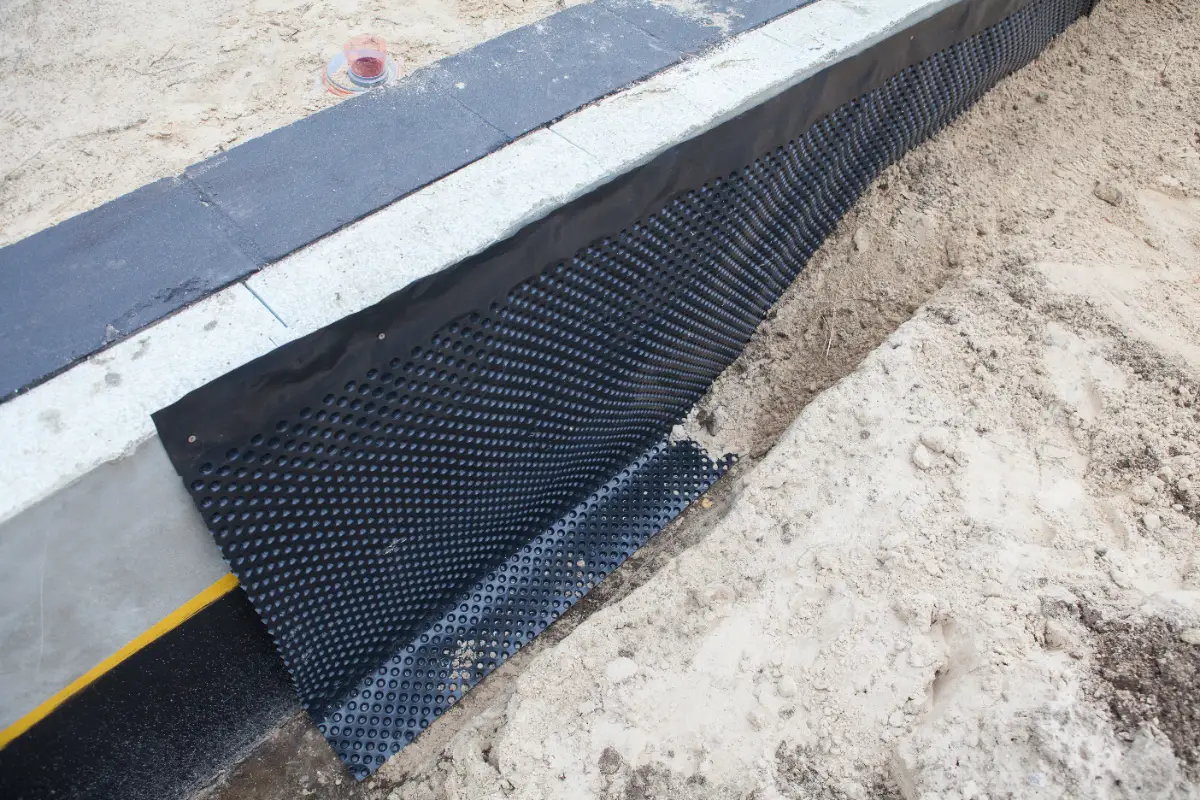Basement Waterproofing in Westbury, NY
Stop Basement Water Problems for Good
Professional waterproofing solutions that actually work, backed by local expertise you can trust.

Hear About Us

Westbury Waterproofing Services
You’ll finally have the peace of mind that comes with a truly waterproof basement. No more rushing downstairs during storms to check for water. No more that musty smell hitting you when you open the basement door.
Your basement becomes usable space again. Whether you want storage, a workshop, or even finished living area, you’ll have the confidence that moisture won’t destroy your belongings or create health hazards for your family.
The constant worry about foundation damage disappears too. When water can’t penetrate your basement walls or floor, your home’s structural integrity stays protected. That’s not just comfort—that’s protecting one of your biggest investments.
Westbury Basement Waterproofing Company
At Diamond Masonry & Waterproofing LLC, we understand Long Island’s unique challenges. The clay soil, seasonal weather patterns, and older home construction create specific water problems that require the right approach.
We combine masonry expertise with proven waterproofing techniques. This isn’t just about slapping on some sealant and hoping for the best—it’s about understanding how water moves, where it enters, and how to stop it permanently.
Based right here in the area, we’ve seen every type of basement water problem Westbury homes face. From foundation cracks that let water seep through to poor drainage that creates hydrostatic pressure, we know what works and what doesn’t.

Basement Waterproofing Process
First, we do a thorough inspection to find exactly where water is entering and why. This isn’t guesswork—we identify the root cause, whether it’s foundation cracks, poor exterior drainage, or hydrostatic pressure from groundwater.
Next comes the solution design. Interior waterproofing might involve installing drainage systems and sump pumps to manage water that gets in. Exterior waterproofing tackles the problem at the source by sealing foundation walls and improving drainage around your home’s perimeter.
The actual work depends on what your basement needs, but it always involves professional-grade materials applied correctly. We’ll explain exactly what we’re doing and why, so you understand the solution. Once complete, you get a system designed to keep your basement dry for years to come.

Ready to get started?
Explore More Services
About Diamond Masonry & Waterproofing
Get a Free Consultation
Complete Waterproofing Solutions
You get both interior and exterior basement waterproofing options depending on what your situation requires. Interior solutions include basement wall sealers, drainage systems, and sump pump installation. Exterior waterproofing involves foundation sealing and proper drainage installation.
Our masonry expertise makes a difference when dealing with foundation cracks or structural issues that contribute to water problems. Rather than just covering up symptoms, we address the underlying problems that let water in.
Every job includes a clear explanation of what’s being done and why. You’ll understand your basement’s specific challenges and how the waterproofing system addresses them. This transparency helps you make informed decisions about protecting your home.

How long does basement waterproofing typically last?
Should I choose interior or exterior basement waterproofing?
What causes basement water problems in Long Island homes?
How much does professional basement waterproofing cost?
Can I waterproof my basement myself?
Will basement waterproofing eliminate musty odors and prevent mold?
Local Resources
- Google Map Link
- Find the Westbury, NY USPS
- Locate Nearby Westbury, NY Pharmacies
- View the Current Weather in Westbury, NY
- Westbury, NY is located in Nassau county in New York State